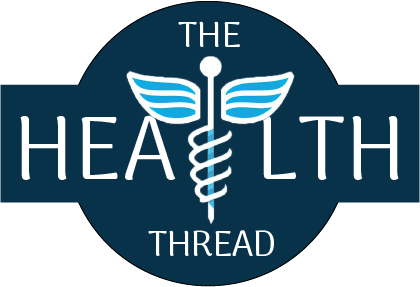
Written By THT Editorial Team

Reviewed by Dr. Nabin Bahadur Basnet, Consultant Interventional Nephrologist, MBBS, PhD, FISN
Exploring effective treatment options for end-stage renal disease (ESRD) has led to the development of innovative technologies such as implantable bio artificial kidneys (BAK) and kidney regeneration. These advancements are not just impressive achievements; they are sources of hope for millions around the globe.
Implantable Bio artificial Kidney (BAK): A Game Changer
Imagine a kidney replacement that’s like having a tiny, high-tech sidekick doing all the hard work for you. That’s the dream behind the implantable BAK. Dr. William H. Fissell and Shuvo Roy, Ph.D., are the masterminds behind this marvel. Picture a device no bigger than a soda can, but with the power to mimic your kidney’s functions. It hooks up to your blood vessels, acting like a natural kidney without the hassle of dialysis or meds.
The Kidney Project: Making Sci-Fi a Reality
The Kidney Project, a tag team effort between Vanderbilt University Medical Center and the University of California San Francisco, has been the driving force behind the BAK’s evolution. Their latest prototype is a real showstopper. It’s proven it can keep kidney cells alive inside a bioreactor, essentially acting as a mini kidney. The silicon membranes protect these cells like armor, ensuring they keep ticking away. (Kim et al., 2023)
Preclinical Success and What’s Next
Recent trials have been a roaring success. The BAK operates silently in the background, much like a superhero, without setting off alarms in the recipient’s immune system. This means it could be the ticket to freedom from dialysis and the endless wait for donor kidneys. . (Kim et al., 2023)
Kidney Regeneration Tech: Healing Magic
But wait, there’s more! While the BAK steals the spotlight, kidney regeneration tech is quietly making waves. Scientists have stumbled upon a magic trick: block a pesky protein called interleukin-11 (IL-11), and damaged kidney cells start to regrow. It’s like hitting the rewind button on kidney damage caused by diseases or injuries. (Widjaja et al., 2022)
The Future’s Bright for Kidney Care
Combine the power of BAK with regeneration tech, and you’ve got a winning combo. The BAK offers immediate relief for those in dire need, while regenerative therapies work their magic over time, restoring natural kidney function.
Challenges and the Big Picture
Sure, these innovations are thrilling, but there are hurdles to jump. We need to make sure the BAK is safe and effective for humans and fine-tune regeneration therapies. Plus, we can’t forget about making these treatments accessible and affordable for everyone.
In Conclusion: Hope on the Horizon
The birth of the BAK and kidney regeneration tech is like finding a pot of gold at the end of the rainbow for kidney disease sufferers. These breakthroughs promise a brighter future, where kidney failure isn’t a life sentence. It’s a journey filled with obstacles, but the destination—a world free from the grip of kidney disease—is within reach.
REFERENCES
- Kim, E. J., Chen, C., Gologorsky, R., Santandreu, A., Torres, A., Wright, N., Moyer, J., Chui, B. W., Blaha, C., Brakeman, P., Vartanian, S., & Tang, Q. (2023, August 29). Can an Artificial Kidney Finally Free Patients from Dialysis? UCSF. Retrieved from UCSF News
- Widjaja, A. A., Viswanathan, S., Shekeran, S. G., Adami, E., Lim, W. W., Chothani, S., Tan, J., Goh, J. W. T., Chen, H. M., Lim, S. Y., Boustany-Kari, C. M., Hawkins, J., Petretto, E., Hübner, N., Schafer, S., Coffman, T. M., & Cook, S. A. (2022). Targeting endogenous kidney regeneration using anti-IL11 therapy in acute and chronic models of kidney disease. Nature Communications, 13(1), 7497. https://doi.org/10.1038/s41467-022-35306-1
